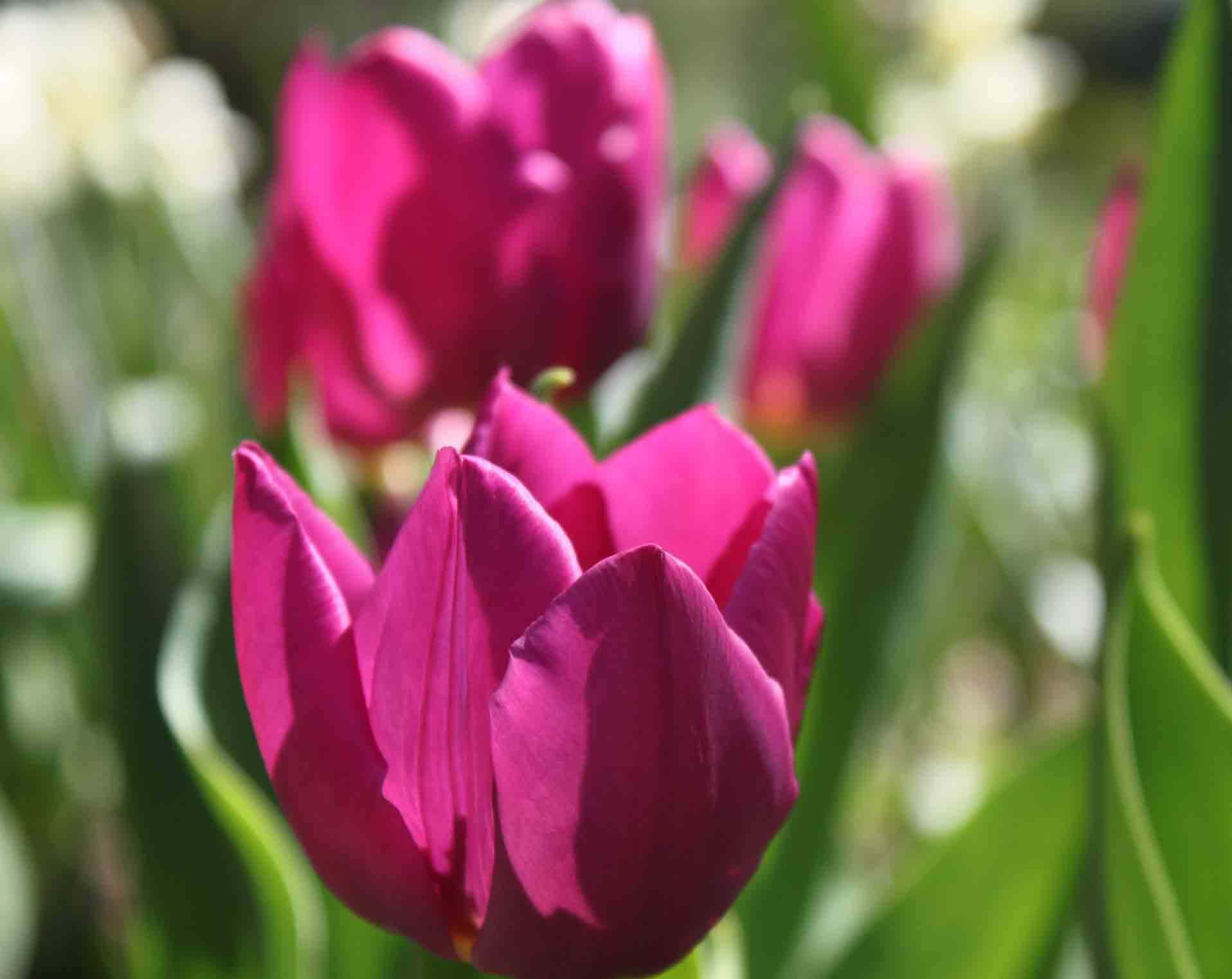Now is the time when gardeners itch to get outdoors. We
peer at the soggy ground, anxiously awaiting little green shoots. The earliest
flowers have already opened—the early crocus, hellebores, Witch hazels—those wonderful
plants that sound the call of spring, along with the frogs, of course.
Although it’s too early to plant most things, there are
many garden tasks to be done this time of year:
Clear debris
With all the wind we’ve had, one of the biggest jobs (especially if
you have a lot of trees) is picking up all the debris. I think I could assemble an entire
spruce tree just from the bits and pieces that have blown down in my yard. And
don’t get me started on the eastern white pines, which have taken such a heavy
hit this year from all the snow, ice, and wind. Be sure to remove dead leaves
and other debris that may have accumulated around the bases of plants to avoid
crown rot. Compost the smaller debris. If you have an unused area in your yard
where you can pile larger debris, it makes nice shelter for critters. Speaking of critters, make sure your
birdhouses are cleaned out for the new tenants!
Dormant season
pruning
You can cut off dead wood at any time, but for other pruning, timing
is critical. Don’t prune spring
blooming trees and shrubs such as lilacs, azaleas, and some hydrangeas this
time of year or you’ll remove the flower buds. But most summer and fall
bloomers can be pruned now, before the new growth starts. Examples include Callicarpa (beautyberry), Clethra(summersweet), and Physocarpus(Ninebark). This is also the
time to repair any winter damage and determine whether to bring in an arborist.
Cut back
grasses
Ornamental grasses should be cut down to a few inches to allow the new
growth to take over. This can be
done in the fall, but leaving the grasses in place provides winter interest and
gives shelter to wildlife. Cutting the dead plant material gets it out of the
way before the plant sends out new growth for the upcoming season. Large
grasses can be tied to make cutting easier. You can use hedge trimmers or even a chainsaw, if necessary.
Even liriope (lilyturf)—not actually a grass—should be cut back now.
Get garden
beds ready
If you haven’t already, get a soil test to determine if your garden
beds need any amendments to improve the pH or the fertility. Mix in mulch, compost, or chopped
leaves to help aerate the soil and add organic matter. It isn’t necessary to till; in fact
excessive tilling damages the soil.
Just loosen and correct for any deficiencies found through your soil
test.
Tidy perennials
Some perennials are evergreen or at least have foliage that persists
through the winter. By now, most of these are looking pretty sad. You can
safely cut off brown or damaged leaves from plants such as Heucheras (coral bells) and Hellebores (Lenten Rose) to tidy them
up. Some perennials are not evergreen, but their dead foliage may be left in
place for winter interest. These
should be cut down now as well.
Examples include Sedum,
coneflowers, yarrow, Shasta daisies, and asters.
Plant early
crops
If you are a vegetable gardener, you can begin planting some of the
earliest crops in early April.
These include lettuce, beets, onions, peas, broccoli, and cabbage. It is tempting to plant even earlier,
but colder soil temperatures and heavy rains will likely rot the seeds before
they sprout. This is also the time
to start plants from seeds under lights indoors.
Plan
This is a great time of year to dream of things to come. Think about
what went wrong last year (I hope you made good notes!) and make corrections
this year. As soon as the soil
dries out from all this rain, you can divide perennials that are getting
congested and move plants to better locations, if necessary. Map out your
vegetable garden and make note of plants to look out for at the upcoming plant
sales (like the one Chester County Master Gardeners is holding April 30). Spring is a great time of year for
gardeners.
Learn more about gardening at “Gardening 101—It’s Easier
Than You Think,” on April 30 10 a.m.-3 p.m. at the 4-H Romano Center on Rt. 322
in Honey Brook. There will be workshops, demonstrations, games, a plant and
book sale, food, and lots more. http://chester.extension.psu.edu/horticulture/master%20gardener/mg%20edeventgardening101.pdf
Become a fan of Chester County Master Gardeners on
Facebook!
* Nancy Sakaduski is the Chester County Master Gardener
Coordinator. Master Gardeners are trained volunteers who educate the
public on gardening and horticultural issues. In Chester County, they
operate through the Penn State Cooperative Extension office in West
Chester. Nancy lives in Pennsbury Township. She can be reached at nds13@psu.edu.
About Nancy Sakaduski
Nancy Sakaduski is a Master Gardiner with Penn State Extension of Chester County.




Comments